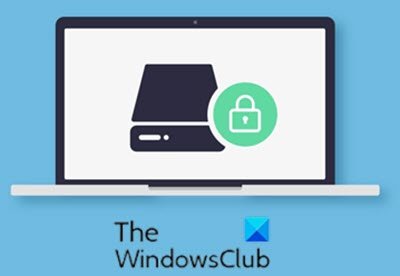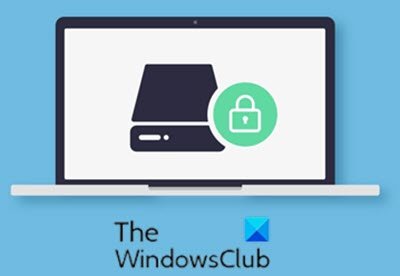Disk encryption is a technology that protects information by converting it into unreadable code that cannot be easily decrypted by unauthorized persons. Disk encryption uses disk encryption software or hardware to encrypt every bit of data on a disk or a disk volume. It is used to prevent unauthorized access to data storage. In this article, we will identify the possible cause and also present the workaround to the issue of Windows 10 the upgrade hangs due to third-party disk encryption software is incompatible with Windows 10.
Upgrade fails due to disk encryption software
If third-party disk encryption software is incompatible with the next Windows 10 feature update, the upgrade may crash.
Let’s take a look at a typical scenario where you may encounter this anomaly.
When you try to upgrade a computer to a newer version of Windows 10 from an earlier version, you may receive an error message that your disk encryption software is incompatible with Windows 10. This problem may occur when you use third-party encryption software.
This problem occurs because the Windows upgrade process does not migrate third-party disk encryption.
To work around this problem, first decrypt the disk, then re-encrypt after the Windows 10 upgrade is complete.
In some cases, you may need to uninstall the disk encryption software.
Disk encryption vs file system level encryption
Disk encryption does not replace file encryption in all situations. Disk encryption is sometimes used in conjunction with file system level encryption to provide a more secure implementation. Since disk encryption usually uses the same key to encrypt the entire drive, all data is decryptable when the system is running. However, some disk encryption solutions use multiple keys to encrypt different volumes. If an attacker accesses the computer at runtime, the attacker has access to all files. Conventional file and folder encryption allows different keys for different parts of the disk instead. Thus, an attacker cannot extract information from files and folders that are still encrypted.
Unlike disk encryption, file system level encryption generally does not encrypt file system metadata, such as directory structure, file names, modification timestamps, or sizes.

